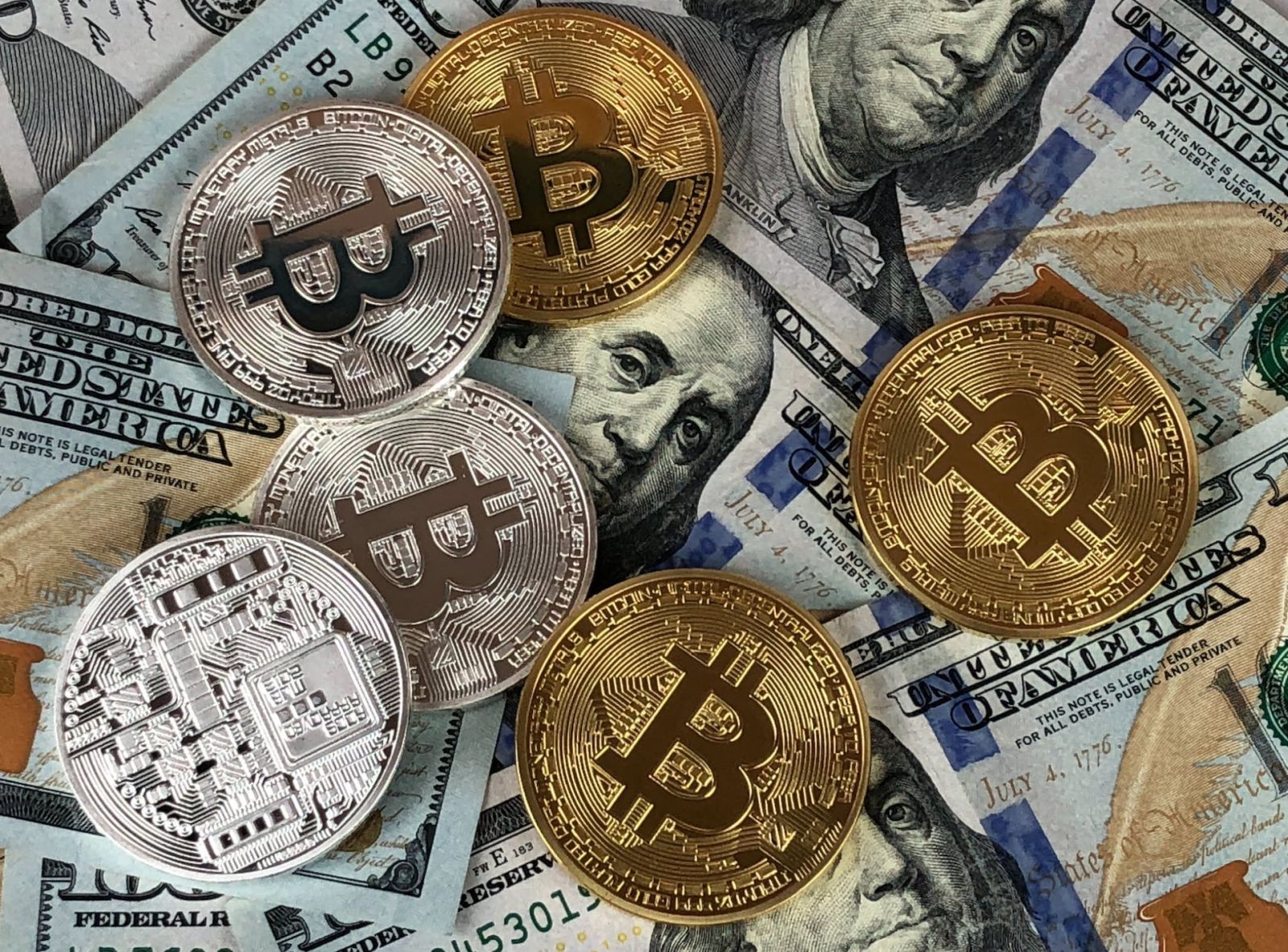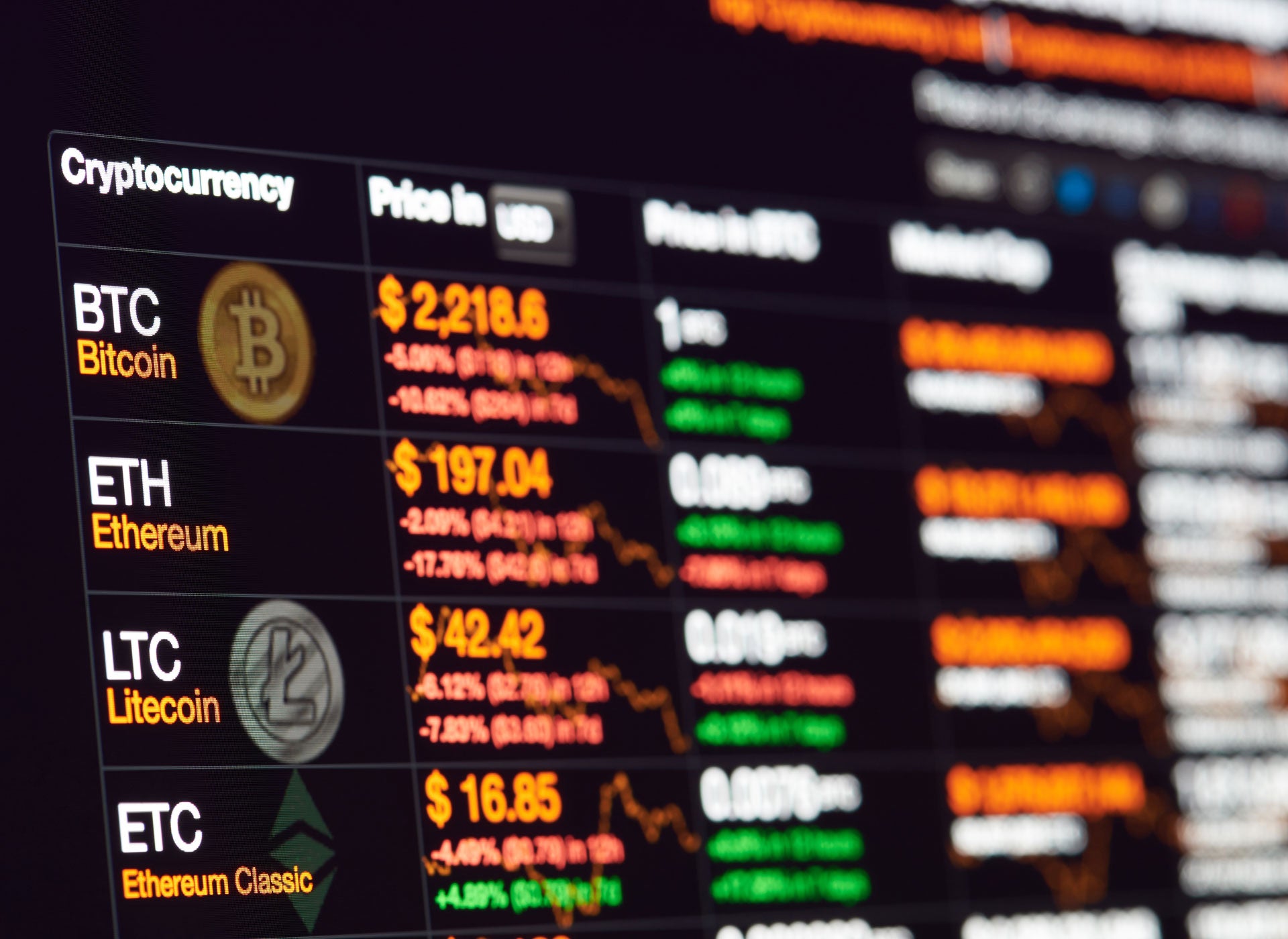Hawk tuah girl cryptocurrency
Pi (CRYPTO:PI) is a perfect example of the phrase, “If it sounds too good to be true, it probably is.” It’s designed to be a cryptocurrency you mine on your phone using the Pi Network app https://businesstransitionsimplified.com/. With no start-up costs and no other equipment required, it’s easy to see the appeal.
The hook for Pi is that you can mine it on your phone. Other cryptocurrencies that use mining, most notably Bitcoin (CRYPTO:BTC), require much more processing power, so most miners use specialized devices.
It’s worth noting that the Pi Network app can collect and sell your data, including personal data, app usage data, and advertising-related data. Additionally, the Pi Network requires that you give them your “Know Your Customer” (KYC) information such as copies of your government-issued identification before you will be able to buy, sell, or trade anything from the future apps that will be released on the Pi Network. If you prefer to limit who can access your data, then you probably wouldn’t want to download Pi Network.
On the other hand, many people have criticized the Pi Network for employing multi-level marketing or pyramid scheme mechanics. MLM schemes have been given a bad reputation for allowing people on higher levels to earn more than those at lower levels. Yet, many argue this isn’t the case with Pi.
Founded in 1993, The Motley Fool is a financial services company dedicated to making the world smarter, happier, and richer. The Motley Fool reaches millions of people every month through our premium investing solutions, free guidance and market analysis on Fool.com, personal finance education, top-rated podcasts, and non-profit The Motley Fool Foundation.
Cryptocurrency
On November 2, 2023, Sam Bankman-Fried was pronounced guilty on seven counts of fraud related to FTX. Federal criminal court sentencing experts speculated on the potential amount of prison time likely to be meted out. On March 28, 2024, the court sentenced Bankman-Fried to 25 years in prison.
Regulators in several countries have warned against cryptocurrency and some have taken measures to dissuade users. However, research in 2021 by the UK’s financial regulator suggests such warnings either went unheard, or were ignored. Fewer than one in 10 potential cryptocurrency buyers were aware of consumer warnings on the FCA website, and 12% of crypto users were not aware that their holdings were not protected by statutory compensation. Of 1,000 respondents between the ages of eighteen and forty, almost 70% wrongly assumed cryptocurrencies were regulated, 75% of younger crypto investors claimed to be driven by competition with friends and family, 58% said that social media enticed them to make high risk investments. The FCA recommends making use of its warning list, which flags unauthorized financial firms.

On November 2, 2023, Sam Bankman-Fried was pronounced guilty on seven counts of fraud related to FTX. Federal criminal court sentencing experts speculated on the potential amount of prison time likely to be meted out. On March 28, 2024, the court sentenced Bankman-Fried to 25 years in prison.
Regulators in several countries have warned against cryptocurrency and some have taken measures to dissuade users. However, research in 2021 by the UK’s financial regulator suggests such warnings either went unheard, or were ignored. Fewer than one in 10 potential cryptocurrency buyers were aware of consumer warnings on the FCA website, and 12% of crypto users were not aware that their holdings were not protected by statutory compensation. Of 1,000 respondents between the ages of eighteen and forty, almost 70% wrongly assumed cryptocurrencies were regulated, 75% of younger crypto investors claimed to be driven by competition with friends and family, 58% said that social media enticed them to make high risk investments. The FCA recommends making use of its warning list, which flags unauthorized financial firms.
Before June 2021, China was the primary location for bitcoin mining. However, due to concerns over power usage and other factors, China forced out bitcoin operations, at least temporarily. As a result, the United States promptly emerged as the top global leader in the industry. An example of a gross amount of electronic waste associated with bitcoin mining operations in the US is a facility that located in Dalton, Georgia which is consuming nearly the same amount of electricity as the combined power usage of 97,000 households in its vicinity. Another example is that Riot Platforms operates a bitcoin mining facility in Rockdale, Texas, which consumes approximately as much electricity as the nearby 300,000 households. This makes it the most energy-intensive bitcoin mining operation in the United States.
Cryptocurrencies were introduced with the intent to revolutionize financial infrastructure. As with every revolution, however, there are tradeoffs involved. At the current stage of development for cryptocurrencies, there are many differences between the theoretical ideal of a decentralized system with cryptocurrencies and its practical implementation.
Cryptocurrency market
A cryptocurrency’s market cap increases when its price per unit increases. Alternatively, an increase in circulating supply can also lead to an increase in market cap. However, an increase in supply also tends to lead to a lower price per unit, and the two cancel each other out to a large extent. In practice, an increase in price per unit is the main way in which a cryptocurrency’s market cap grows.
Cryptocurrency was invented by Satoshi Nakamoto, which is the pseudonym used by the inventor of Bitcoin. Even though digital currency concepts existed before Bitcoin, Satoshi Nakamoto was the first to create a peer-to-peer digital currency that reliably solved the issues facing previous digital money projects. Bitcoin was initially proposed in 2008 and launched in early 2009. Following the invention of Bitcoin, thousands of projects have attempted to imitate Bitcoin’s success or improve upon the original Bitcoin design by leveraging new technologies.
The very first cryptocurrency was Bitcoin. Since it is open source, it is possible for other people to use the majority of the code, make a few changes and then launch their own separate currency. Many people have done exactly this. Some of these coins are very similar to Bitcoin, with just one or two amended features (such as Litecoin), while others are very different, with varying models of security, issuance and governance. However, they all share the same moniker — every coin issued after Bitcoin is considered to be an altcoin.

A cryptocurrency’s market cap increases when its price per unit increases. Alternatively, an increase in circulating supply can also lead to an increase in market cap. However, an increase in supply also tends to lead to a lower price per unit, and the two cancel each other out to a large extent. In practice, an increase in price per unit is the main way in which a cryptocurrency’s market cap grows.
Cryptocurrency was invented by Satoshi Nakamoto, which is the pseudonym used by the inventor of Bitcoin. Even though digital currency concepts existed before Bitcoin, Satoshi Nakamoto was the first to create a peer-to-peer digital currency that reliably solved the issues facing previous digital money projects. Bitcoin was initially proposed in 2008 and launched in early 2009. Following the invention of Bitcoin, thousands of projects have attempted to imitate Bitcoin’s success or improve upon the original Bitcoin design by leveraging new technologies.
The very first cryptocurrency was Bitcoin. Since it is open source, it is possible for other people to use the majority of the code, make a few changes and then launch their own separate currency. Many people have done exactly this. Some of these coins are very similar to Bitcoin, with just one or two amended features (such as Litecoin), while others are very different, with varying models of security, issuance and governance. However, they all share the same moniker — every coin issued after Bitcoin is considered to be an altcoin.
